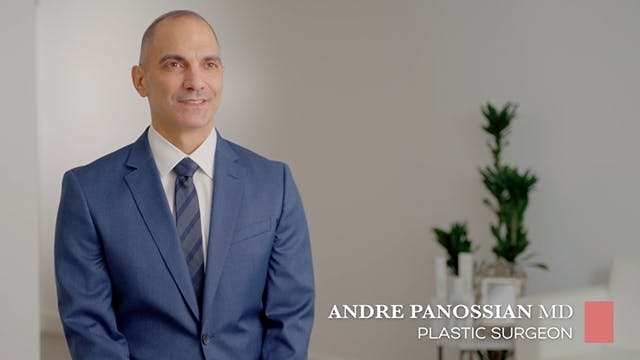Unveil newfound confidence with gynecomastia surgery, tailored to redefine masculine contours and restore self-assurance.
Gynecomastia Surgery FAQs
Can gynecomastia symptoms return after surgery?
Can gynecomastia go away naturally?
What is the cost of gynecomastia surgery?
How long should I wear my compression vest after gynecomastia surgery?
What are the risks of gynecomastia surgery?
Can gynecomastia symptoms return after surgery?
Gynecomastia surgery effectively removes excess fat and glandular tissue from the chest area, providing long-lasting results. However, maintaining a healthy lifestyle post-surgery is crucial to prevent regrowth of excess tissue. Certain lifestyle factors, medications, and drug use can contribute to tissue regrowth, emphasizing the importance of following post-surgery instructions and making necessary lifestyle changes.
Can gynecomastia go away naturally?
While gynecomastia may naturally subside during adolescence, it is less likely to resolve independently in adults. True gynecomastia typically requires medical intervention, such as male breast reduction surgery, for effective treatment. Regular physical activity and a healthy lifestyle can help reduce pseudo-gynecomastia but may not resolve true gynecomastia without professional treatment.
What is the cost of gynecomastia surgery?
The cost of gynecomastia surgery can vary depending on factors such as the surgeon's experience, location, and the extent of the procedure. It is essential to consult with a qualified plastic surgeon to determine an accurate estimate for individual cases, prioritizing quality and expertise for optimal results.
How long should I wear my compression vest after gynecomastia surgery?
Wearing a compression vest immediately after gynecomastia surgery is crucial for reducing bruising and swelling in the chest area. Typically, wearing the compression garment for a minimum of four weeks post-surgery is recommended to ensure optimal healing and desired results.
What are the risks of gynecomastia surgery?
Gynecomastia surgery, including liposuction procedures, is generally safe, but like any surgical procedure, there are potential risks. Complications such as bleeding, infection, fluid accumulation, and asymmetry may occur. Working with a skilled surgeon specializing in gynecomastia, like Dr. Panossian, and following his pre- and postoperative instructions can help minimize these risks and ensure a safe surgical journey.
















